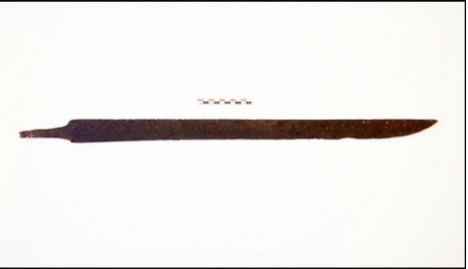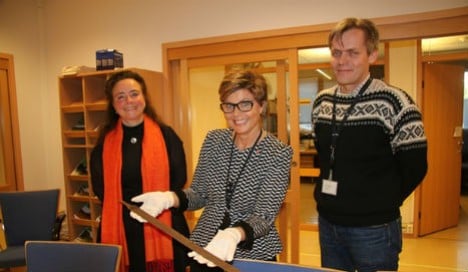
Photo: Hordaland Country Council
The hiker found the sword three years ago but only recently turned it over to archaeologists.
Experts don't know why the sword would have been left in the mountains.
“Maybe there is a grave there, or was it left there by a trader? Was it hidden there for one reason or another? The only limits are our imagination,” Aksdal said during an interview in late October. “Did someone die there? Or was there a fight, a theft, a murder or something else? We can't say.”
A more thorough study of the site will be carried out next spring when the snow has melted.
The cold dry weather in the mountainous region of southern Norway probably helped to keep the object in good condition. There, “temperatures remain below zero for six months of the year,” Aksdal said.
While climate change has many negative implications for planet Earth, it is proving beneficial to archeologists.
“The melting snow means that a growing number of ancient objects are seeing the light of day,” Aksdal said.



 Please whitelist us to continue reading.
Please whitelist us to continue reading.
Member comments